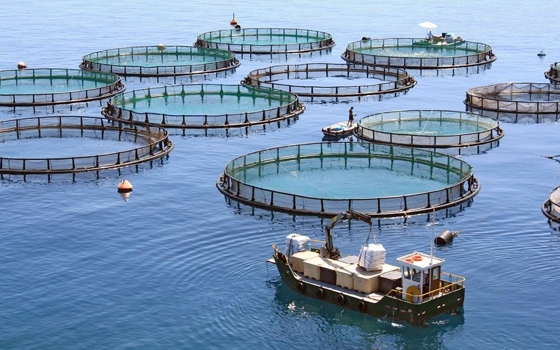According to a report by the Food and Agricultural Organization (FAO), the Saudi Arabian Ministry of Agriculture invested an additional $10.6 billion into aquaculture projects to produce one million tons of fish in the next 16 years.
Significantly, the GCC’s per capita average seafood consumption is expected to increase year-on-year in-line with Gulf countries’ population growth – the Economic Intelligence Unit (EIU) forecasts the GCC population will reach 53.5 million by 2020 – rapid economic development, market demand and robust regional logistics capabilities. To meet the increasing regional demand for seafood, various GCC governments have already implemented developmental initiatives designed to foster greater domestic production.
In Saudi Arabia, the UAE and Oman, more investments are being directed towards aquaculture – the breeding, rearing, and harvesting of plants and animals in all types of water environments including ponds, rivers, lakes and the ocean. The main aquaculture producers in the region are Saudi Arabia and Egypt.
Meanwhile, GCC countries are starting to invest in aquaculture projects to meet the rising seafood consumption; the Middle East – particularly the GCC – saw its per capita average seafood consumption almost double from 2010 to 2013. With the regional average only 14.4kg per year back in 2010, the UAE and Oman’s per capita seafood consumption were among the world’s highest at 28.6kg per year last year, FAO report said.
SG
24 September
























































